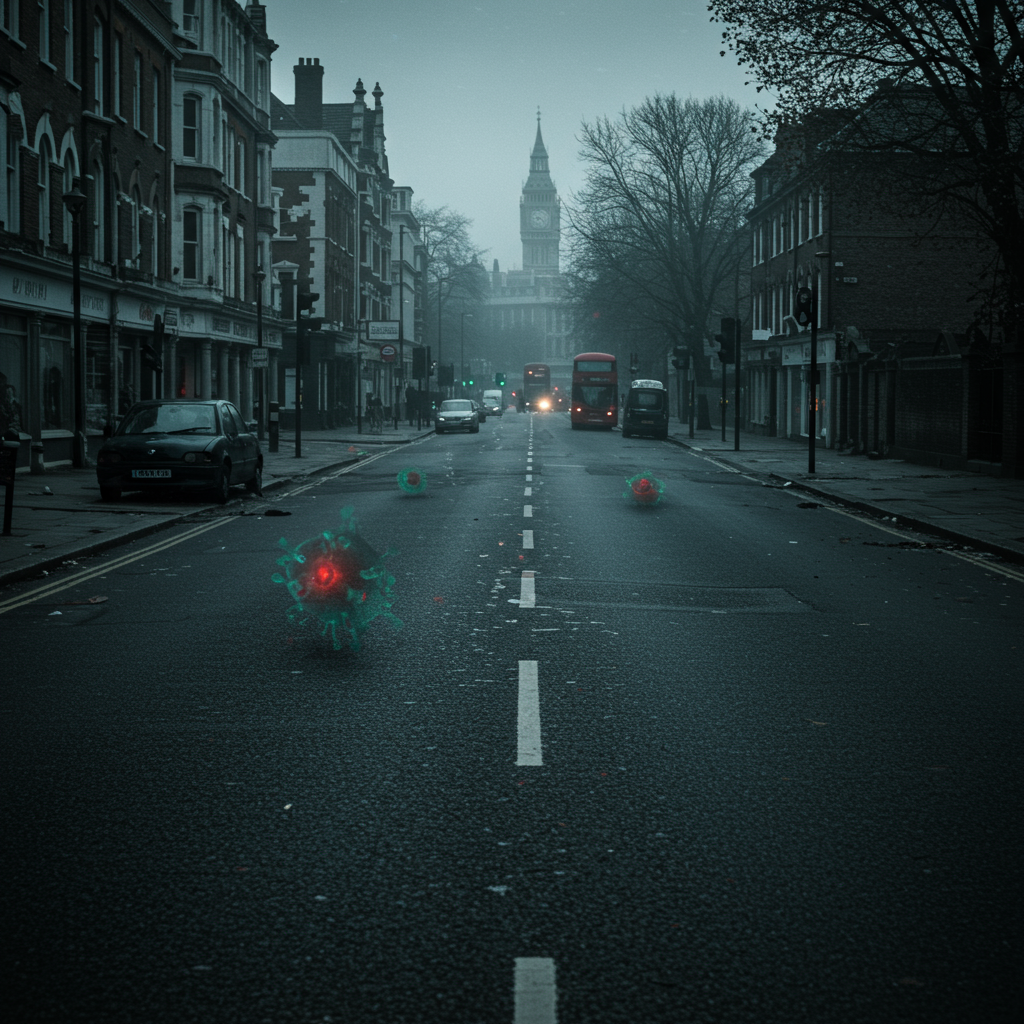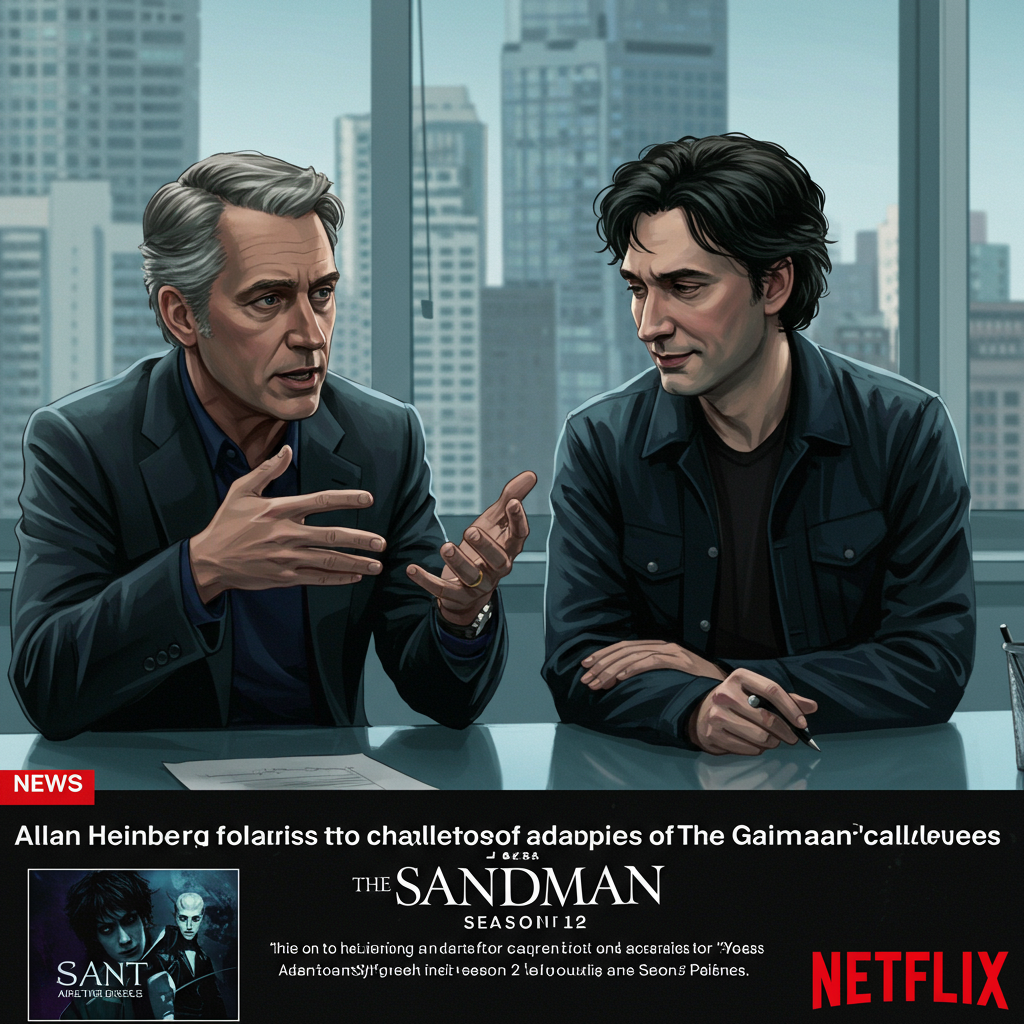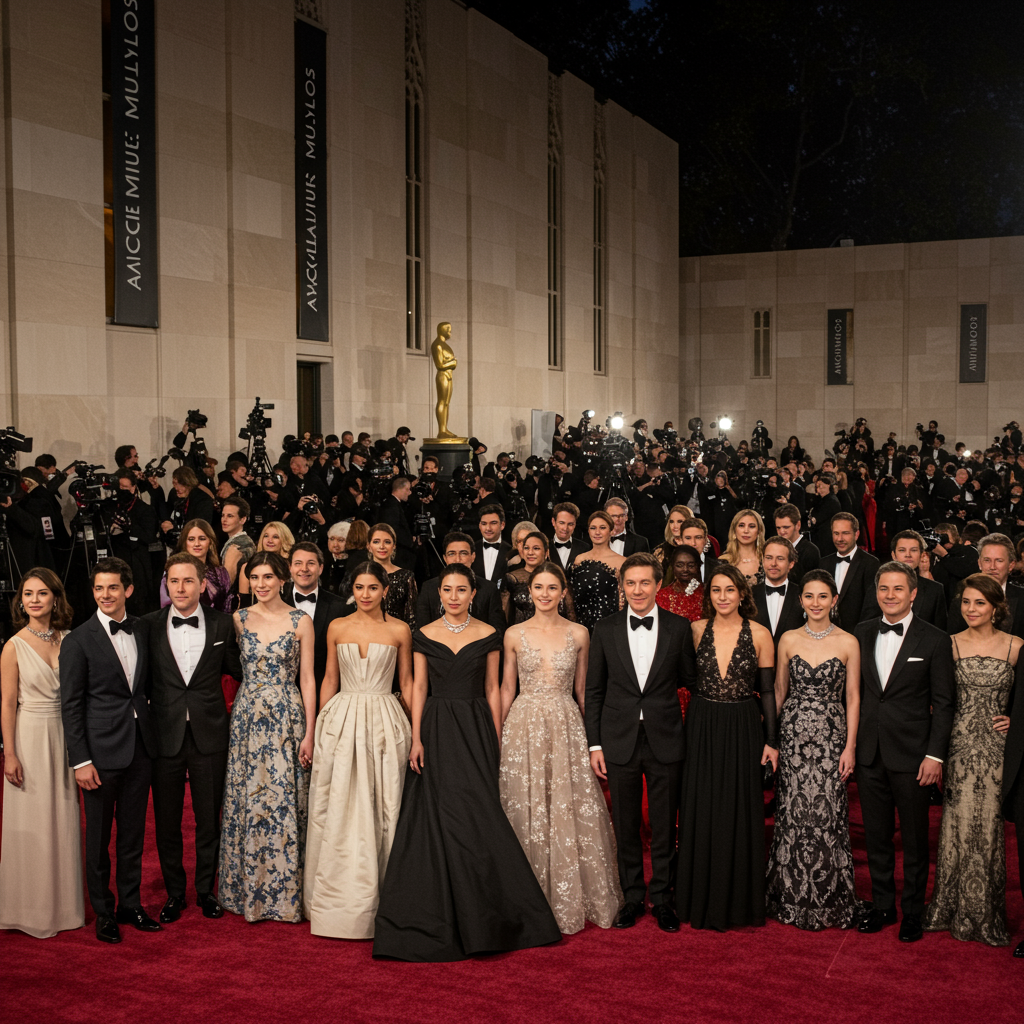Danny Boyle and Alex Garland’s 2002 film “28 Days Later” was remarkably prescient, tapping into fears of both global pandemics and a terrifying new breed of fast-moving “infected” long before they became widespread cultural touchstones. Alongside Cillian Murphy’s breakout performance, the film’s vision of a rapidly unraveling society struck a chord, proving prophetic about how quickly horror could arrive.
The original film introduced the devastating “rage virus” that emptied London, followed by the 2007 sequel “28 Weeks Later” (directed by Juan Carlos Fresnadillo) which explored dashed hopes for the virus’s eradication. Like the infection itself, the “28 Days Later” franchise has demonstrated a stubborn persistence. Now, director Danny Boyle and screenwriter Alex Garland return for “28 Years Later,” bringing their post-pandemic perspective to the apocalyptic world they created.
Despite living through a real global health crisis, recent history plays a surprisingly minor direct role in “28 Years Later.” Instead, the review notes a parallel between the film’s plot and the real-world impact of Brexit. With the rage virus effectively quarantining Britain, the country is severed from mainland Europe, mirroring the UK’s recent isolation.
Unlike many franchises that grow in scale and polish, “28 Years Later” intentionally maintains a smaller, more focused scope, remaining rooted in the United Kingdom. The film centers on a group of survivors clustered on a secluded island off the northeast coast of Britain. This island is accessible from the mainland only via a stone causeway that disappears under the water at high tide, creating a powerful sense of isolation.
Within this isolated community, life has regressed to an almost medieval state, featuring makeshift watchtowers and relying on primitive weapons like bows and arrows for defense. The story primarily follows 12-year-old Spike (Alfie Williams), who lives with his hunter father, Jamie (Aaron Taylor-Johnson), and his bedridden mother, Isla (Jodie Comer).
Jamie is depicted as eager to initiate Spike into their harsh world, introducing his son to survival skills, including the traumatic experience of killing his first infected. Jamie’s “nauseatingly jocular” attempts to celebrate near-disasters and exaggerate Spike’s bravery are contrasted with Spike’s growing discomfort and questioning of the hyper-masculine survival culture he’s being raised in.
Spike’s mother, Isla, suffers from a mysterious illness and is described as “almost comically delusional,” frequently calling her son “Daddy.” Hearing rumors of a seemingly deranged doctor (Ralph Fiennes, appearing strikingly orange) known for constantly setting fires, Spike decides to undertake a perilous journey to take his mother to him, hoping for a cure. Along the way, they encounter other figures, including a Swedish NATO soldier (Edvin Ryding) whose boat has crashed offshore.
And what of the infected? “28 Years Later” introduces a new wrinkle to the virus’s effects. While some still possess the “Olympic-worthy” speed the franchise is known for, others have become “slothful ones nicknamed ‘Slow-Lows.'” These new variants are seen crawling on the ground, seemingly foraging for worms.
Boyle, known for his frenetic directing style in films like “Trainspotting” and “Slumdog Millionaire,” collaborates again with cinematographer Anthony Dod Mantle, who pioneered digital video use in the original. For “28 Years Later,” they largely employed iPhones to shoot the film. This visual approach, combined with the story’s shifting tones, makes the viewing experience “frequently gratingly disjointed” and an “often bumpy ride,” according to the review.
Despite these criticisms regarding execution and its scattershot nature, the film earns praise for resisting the formulaic tendencies of typical summer blockbusters. “Buried” beneath the graphic violence – including scenes of spinal cords being ripped out – are “tender reflections on mortality and misguided exceptionalism.” These thematic undercurrents elevate “28 Years Later,” making it an “unusually soulful coming-of-age movie” that offers more thoughtful depth than often found in the multiplex.
Director Danny Boyle shows stubborn persistence in continuing this saga, with plans already underway for a potential new trilogy starting with “28 Years Later.” A related film, “28 Days Later: The Bone Temple,” directed by Nia DaCosta, is reportedly already shot and expected next year. It seems the themes of infection and rage remain potent and relevant for contemporary audiences.
“28 Years Later,” distributed by Sony Pictures, is rated R by the Motion Picture Association for strong bloody violence, grisly images, graphic nudity, language, and brief sexuality. It has a running time of 115 minutes and received a rating of two stars out of four from the Associated Press review.




